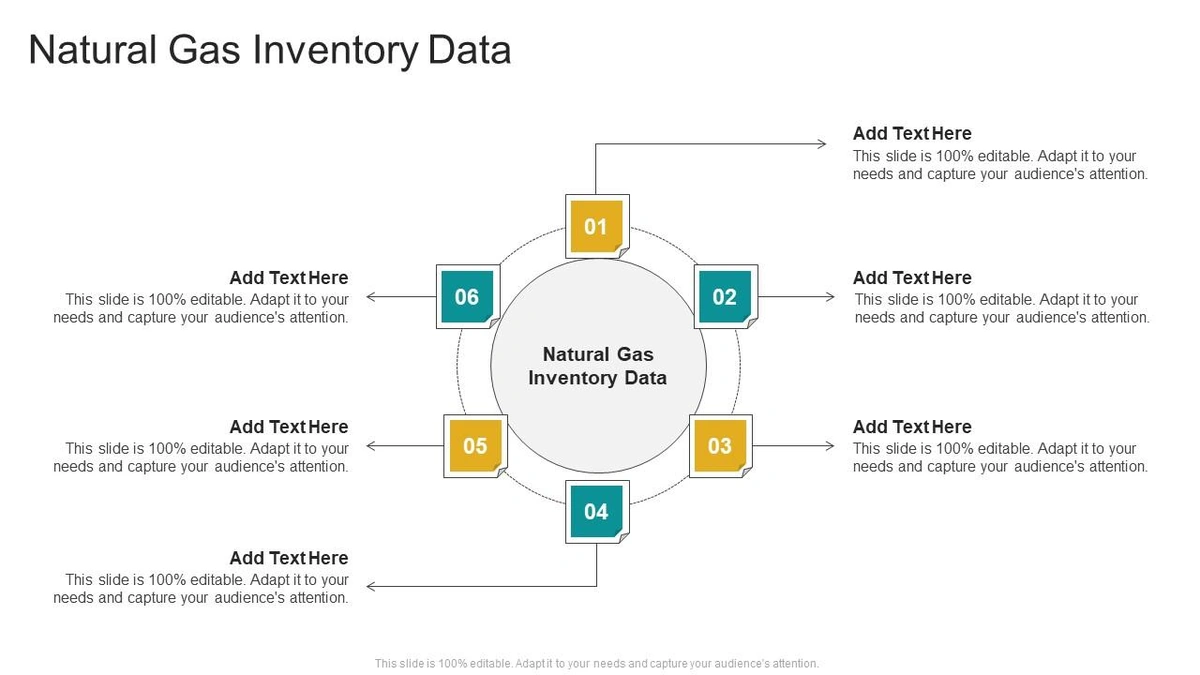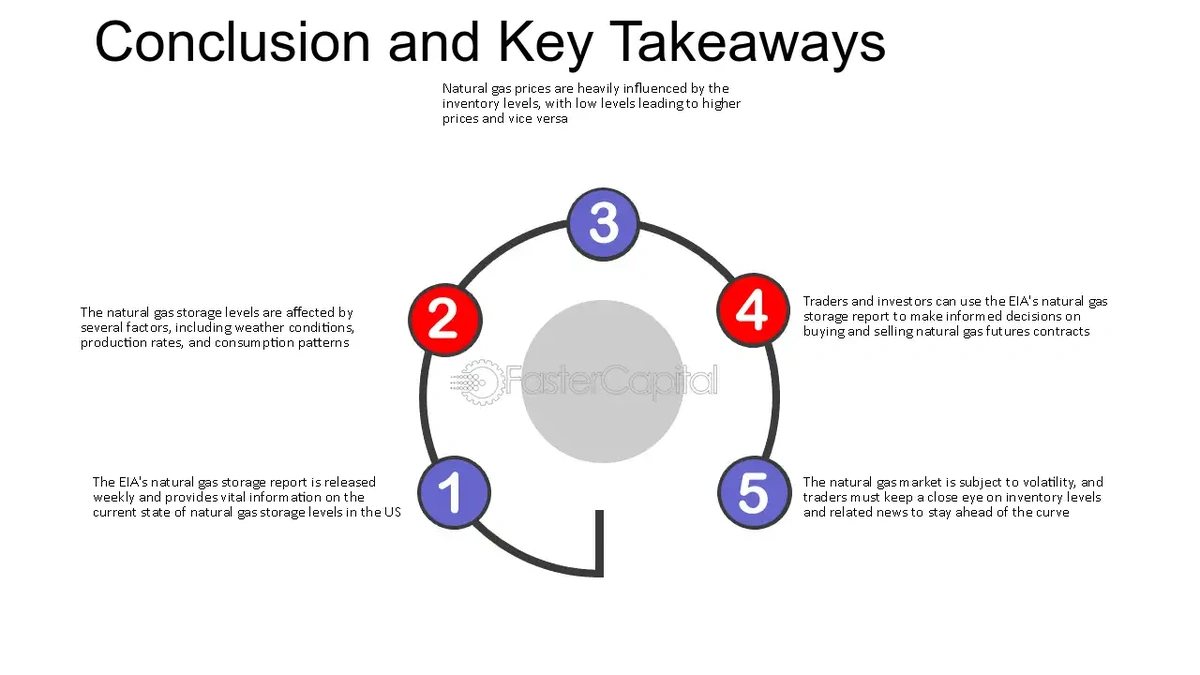Decoding Natural Gas Inventory | Why It Matters to Your Wallet
Ever feel like the economy is this giant, mysterious machine with a million moving parts? Yeah, me too. But here’s the thing: sometimes, understanding just one seemingly small piece can give you a much clearer picture. Today, we’re diving into the world of natural gas inventory . Stick with me; this isn’t as boring as it sounds, especially in India. It directly impacts everything from your cooking gas prices to electricity bills.
Thank you for reading this post, don't forget to subscribe!The “Why” | More Than Just Numbers

So, what is natural gas inventory? Simply put, it’s the amount of natural gas held in storage across the country. Think of it like a giant energy savings account. Natural gas inventory The Energy Information Administration (EIA) in the US releases weekly reports, and while that might seem irrelevant to us in India, here’s why it’s not: global energy markets are interconnected. What happens in the US ripples across the world, affecting prices everywhere, including India.
The EIA’s report is based on surveys with underground natural gas storage operators. These are salt caverns, depleted oil and gas reservoirs, and aquifers that have been converted to use as natural gas storage facilities. The surveys include the amount of gas in storage, total storage capacity, the amount of gas injected into storage, and the amount of gas withdrawn from storage. As for the report? It comes out every Thursday. And why does any of this matter? The level of natural gas storage helps analysts determine how much gas will be available for use in the coming months.
Here’s the core of it: these inventory levels are a key indicator of supply and demand. High inventories generally mean lower prices (because there’s plenty to go around), while low inventories can signal potential price spikes, especially during peak demand seasons like winter (for heating) or summer (for electricity to power ACs). Think about it – increased demand combined with decreased supply drives natural gas prices up.
How Natural Gas Inventory Affects India Directly

Okay, so the US has its natural gas. What’s that got to do with the price of aloo gobi in Delhi? Good question! India imports a significant portion of its natural gas, primarily as Liquefied Natural Gas (LNG). These LNG prices are often linked to global benchmarks, including the Henry Hub natural gas price in the US. Therefore, changes in global natural gas supply and demand – as reflected in inventory reports – directly influence the cost of LNG imports to India.
And who feels the pinch when LNG prices go up? You do! It trickles down to:
- Your LPG cylinder price: A significant portion of households in India use LPG (liquefied petroleum gas) for cooking, and fluctuations in natural gas prices can affect LPG rates.
- Electricity bills: A considerable chunk of India’s electricity generation relies on natural gas. Higher gas prices translate to costlier electricity.
- CNG prices for vehicles: Cities with CNG (compressed natural gas) infrastructure see direct impacts on transportation costs.
Let’s be honest, understanding these connections can feel empowering. Knowing that a report released thousands of miles away can influence your monthly budget gives you a reason to pay attention. Information is everything , especially when it comes to personal finance.
Beyond the Numbers | Geopolitical Factors

But it’s not just about supply and demand. The global energy market is a complex web of geopolitical factors. Events like political instability in gas-producing regions or disruptions in pipelines can have a massive impact on supply, regardless of how much is sitting in storage. For example, the Russia-Ukraine conflict sent shockwaves through global energy markets, illustrating how quickly things can change. It also increased the demand for US natural gas, influencing future natural gas inventory levels .
So, while keeping an eye on inventory reports is important, it’s equally crucial to stay informed about global events that could disrupt the energy supply chain. Think of the natural gas inventory reports like the foundation of a building – without knowing what’s been built on it, it’s hard to understand what’s going on.
How to Stay Informed (Without Becoming an Energy Expert)

Okay, I get it. You’re not going to start reading EIA reports every week (unless you’re really into this stuff!). But here are some simple ways to stay informed without drowning in data:
- Follow reputable news sources: Look for news outlets that provide analysis of energy market trends, especially those focusing on the Indian context.
- Pay attention to government policies: Keep an eye on government policies related to natural gas pricing, subsidies, and import strategies. These policies can significantly impact the final price you pay.
- Use price comparison websites: When it comes to LPG or CNG, use online platforms that compare prices across different providers. This helps you make informed decisions and potentially save money.
Remember, knowledge is power! Being informed gives you the tools to better understand – and navigate – the ever-changing energy landscape. Contextualizing how a report on underground natural gas storage relates to India can help you save money, and even plan your finances better.
The Future of Natural Gas in India | A Quick Look

What fascinates me is the long game. India is aggressively pursuing cleaner energy sources, but natural gas will remain a crucial part of the energy mix for years to come. The government has ambitious plans to increase the share of natural gas in the country’s energy basket. This could involve:
- Expanding LNG import infrastructure: Building new LNG terminals to increase import capacity.
- Promoting the use of CNG: Encouraging the adoption of CNG vehicles in more cities.
- Investing in domestic gas exploration: Increasing domestic production to reduce reliance on imports.
All of these factors will continue to influence natural gas prices and, consequently, your wallet. So, staying informed about global inventory levels, geopolitical events, and government policies remains more important than ever. It’s about connecting the dots and seeing the bigger picture. And honestly, who doesn’t love a good mystery, especially one with the key to your savings account?
FAQ | Natural Gas Inventory Explained Simply
What if I don’t understand all the jargon in the reports?
No worries! Focus on the key takeaways: Is the inventory level higher or lower than last year? Is it above or below the five-year average? These comparisons give you a general sense of the supply situation.
Why does the inventory level change throughout the year?
Natural gas demand fluctuates seasonally. Inventories are typically built up during the spring and summer (when demand is lower) and drawn down during the fall and winter (when demand is higher).
Is natural gas a renewable resource?
No, natural gas is a fossil fuel. However, it burns cleaner than coal and oil, making it a relatively cleaner alternative.
Where can I find reliable information about natural gas prices in India?
Check websites of oil and gas companies, government agencies, and reputable financial news sources.
The beauty of understanding natural gas inventory reports is that it reveals the interconnectedness of our world. A seemingly obscure number tracks the supply and demand balance that ends up affecting the price of everything from a taxi ride to the food on your plate. Now you know to watch, and why it matters!













